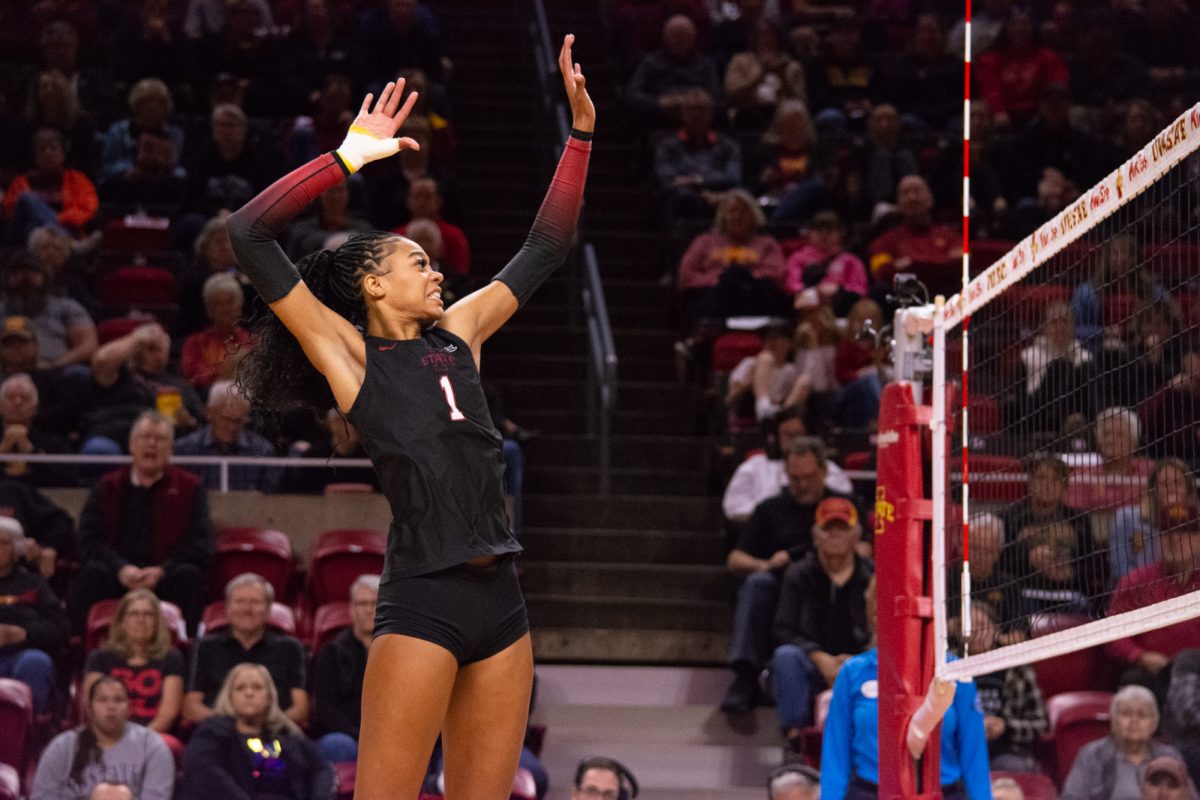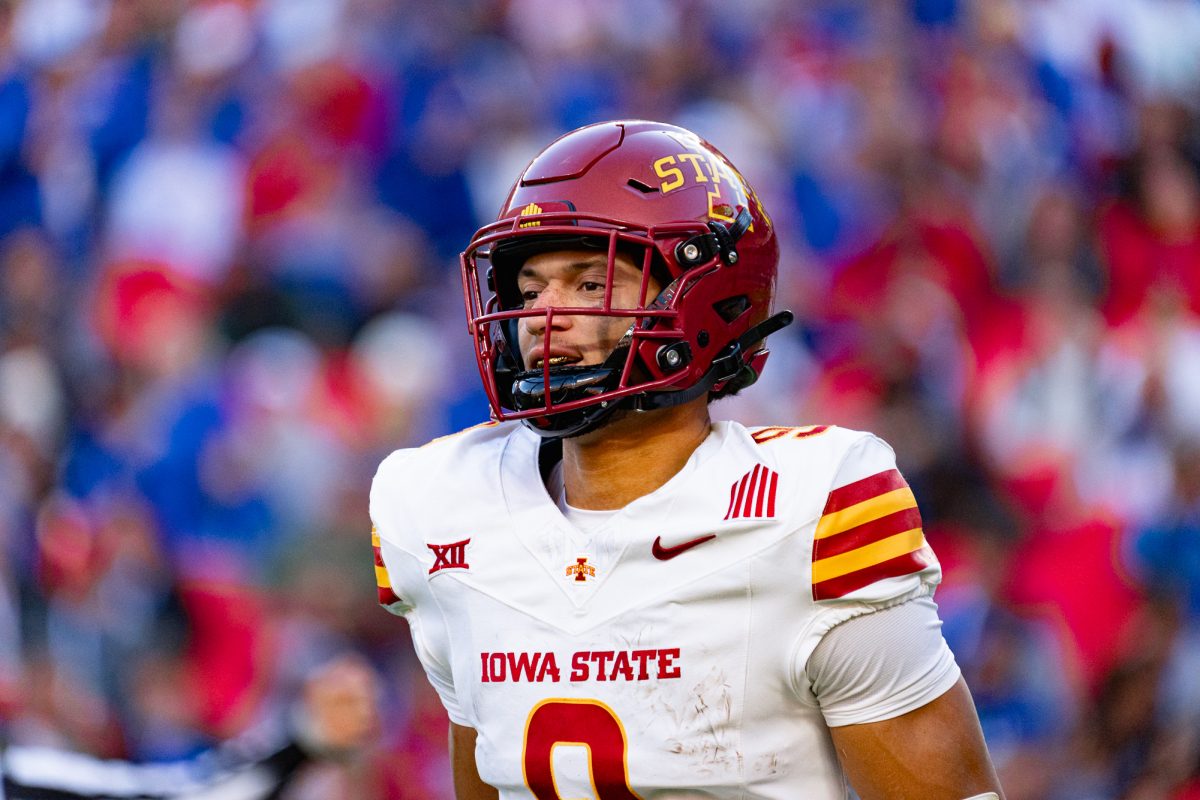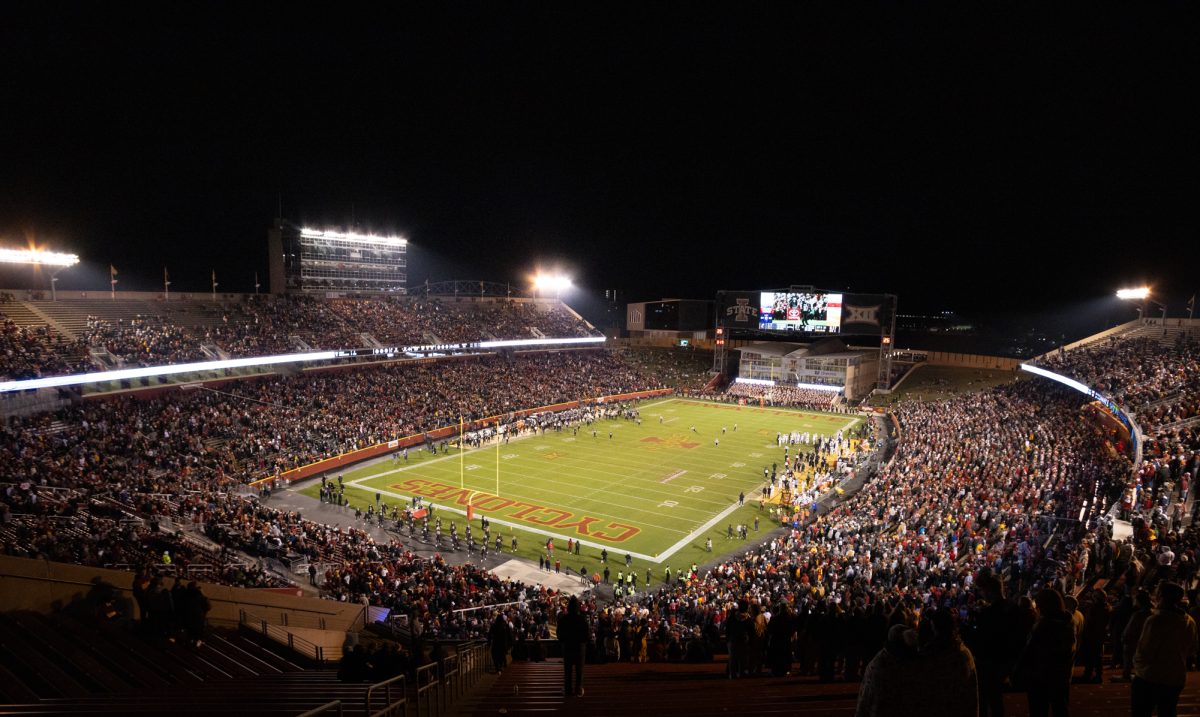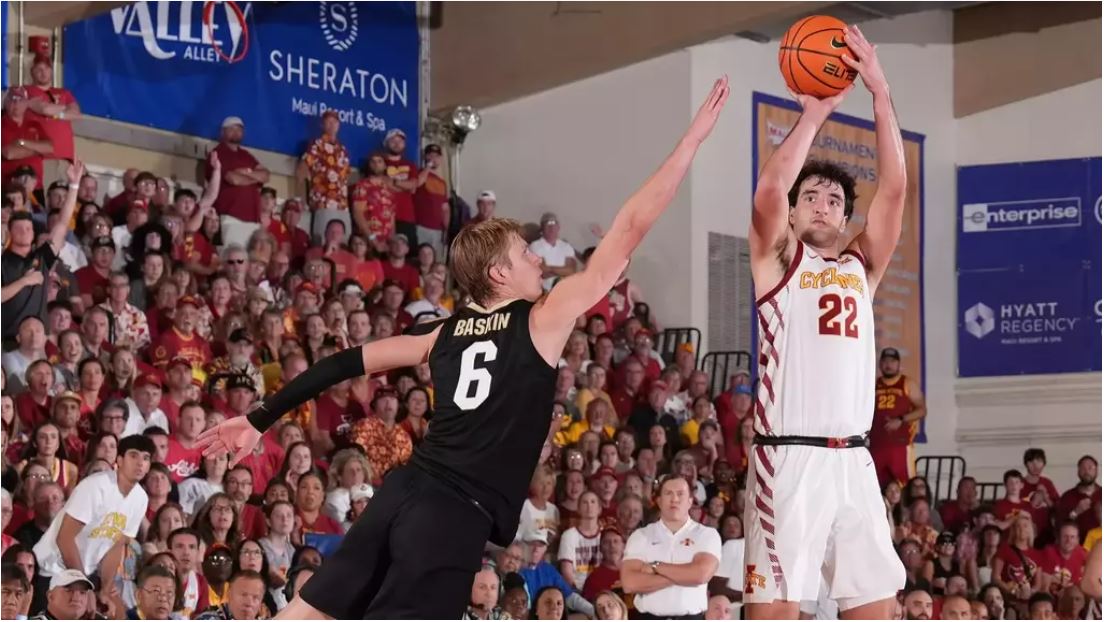COLUMN: Four years of changes at Iowa State
April 28, 2004
During my freshman year, I got my mail in Friley Hall, walked through Osborn Cottage, ate at the Burger King and McDonald’s in Campustown, listened to Pete Taylor call games coached by Larry Eustachy and watched the ISU baseball team.
Four years, three football bowl games, three gigantic tuition increases, three presidential candidates of two different elections, two national tragedies, one stolen car and one Veishea riot later, it’s apparent the old saying “The more things change, the more they stay the same” is as applicable as ever.
For example, take ISU Dining Services. Until I walked into Friley’s “Windows” or “Dungeons” for the first time, I didn’t realize how many ways you could make a cheese soup. I also didn’t realize how many people wanted to eat so early, evidenced by the number of lines open at 4:46 p.m. (nearly all of them) compared to 6:46 (one or two). Today, with Linden closed, there’s still only one place you can eat just before 7 o’clock: Union Drive Community Center.
Prior to UDCC, Friley’s dining centers helped make that building an enclosed community unto itself. With a post office and about 1,060 people, it was the 254th-largest town in Iowa, between Aurelia and Calmar. The building and its ZIP code — which also included the soon-to-fall Helser and the fallen Westgate — were featured in National Geographic right before it lost some of that independence.
That hasn’t been the only change at the Department of Residence. In 2001, the department became deathly afraid of students falling out of their lofts. Today, my university-provided bed’s rail has prevented me from falling out of bed precisely zero times, but its underside has inflicted injury to my head too many times to count.
And then there are the tuition/fee increases. The then-outrageous 9.9 percent increase for 2001 is positively quaint after back-to-back double-digit slams. With those three hikes, in-state students paid about $1.60 in 2003 for every dollar spent in 2000.
Technology is a greater part of students’ lives than in 2000, even taking into account lab “upgrades” from Macs to Dells. It just keeps going; November 2001 was about the last time I walked on campus without seeing someone on a cell phone.
For incoming freshmen, just as it has in the past, the orientation guide will still probably give the misguided advice to leave high school shirts at home. And, just as in the past, students will ignore that “advice” and wear what they already have. Besides, the last thing this campus needs is more Abercrombie and Fitch and American Eagle.
Some of the changes in ISU athletics in the past four years had more effect than those of the past 15 years. (Note: ISU teams should never again play in Boise, Idaho. Ever.)
I now regret turning off Taylor describing Oklahoma’s flattening of Iowa State in 2002, the last time he would ever be my “Voice of the Cyclones.” Eustachy’s departure gave Iowa State national press coverage, not in the way the university wanted, but now perhaps preferable to the riot a year later.
The riot will go down as the defining event of my senior year. The Ames Police are now added to parking officials in the list of people students love to hate. But if not for the rioters, I never would have learned that if you weren’t at an event, you’re not allowed to have an opinion, or that police in riot gear cause riots to occur.
On the national front, although the climate is a far cry from 2000, the similarities still exist. Four years ago, a deeply divided country endured a prolonged election. Today, those “red state-blue state” divisions are as deep as ever, with the added dimension of some feeling as if nothing less than the lasting fates of our republic and Western civilization are dependent on voting the incumbent out.
As in 2000, it is a battle of the Great Flyover vs. the People’s Republics of California and Massachusetts (an exaggeration, but true at some level nonetheless).
Iowa, a swing state then and a swing state now, has continued to play a major role in the political process with its caucuses. The New York Times resents this, as seen in its Jan. 19 editorial, which could be boiled down to “Why should we, of the diverse and sophisticated East Coast, let those white hicks have a say in choosing our president?”
Even as the campus undergoes changes, some things will remain. The Campanile will still chime. The Government of the Student Body and the Daily will still get their share of barbs. Textbook purchases and buybacks will still make students mutter under their breath.
And students will still walk around the zodiac, although I’ve walked across it many times without incurring any supernatural wrath. But maybe some things are better left unchanged.





